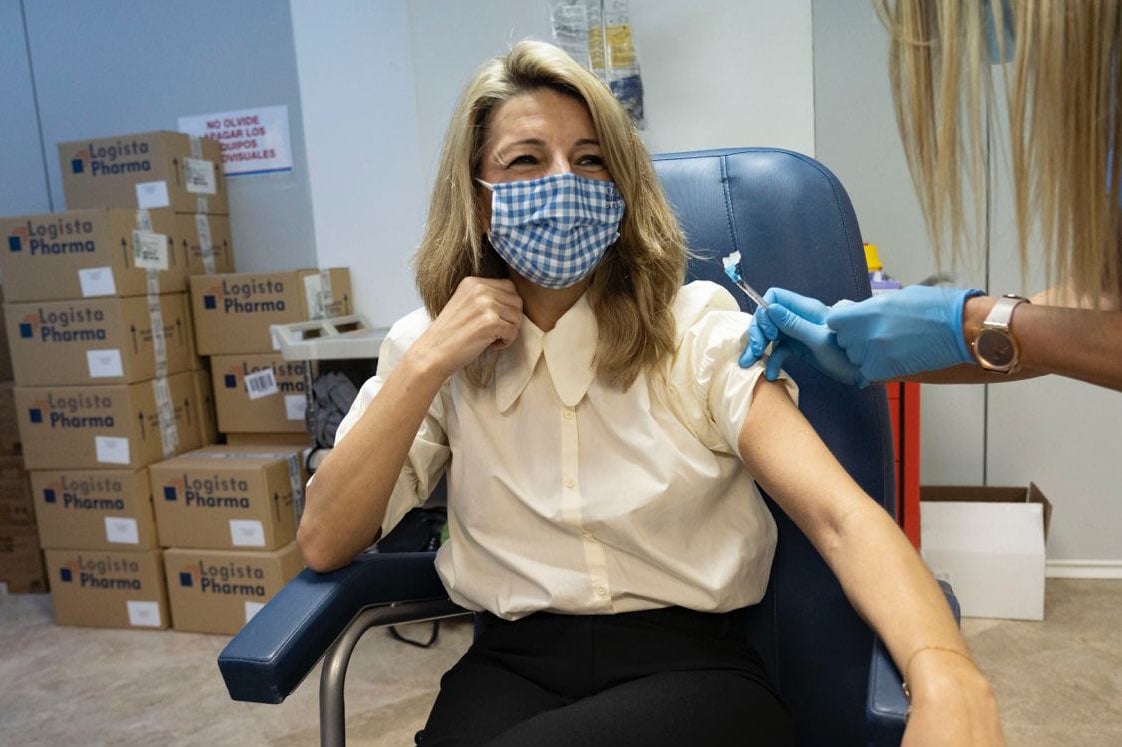2021, a record year despite the crisis
Before discussing the future, Jérôme Grand, territorial director of SNCF Réseau in Bourgogne-Franche-Comté, wanted to take stock of the projects carried out in the region in 2021. “Despite the difficult context linked to the health crisis, we carried out 97% of our investment program last year, ie 410 million euros out of the 423 million euros planned. The commitments that had been made have therefore been kept”, he welcomed, alongside the prefect Fabien Sudry and the 1is vice-president of the regional council, Michel Neugnot. Before specifying that the amount of sums invested jointly by the State, the Region, the European Union and SNCF Réseau would amount to 307 million euros over the next twelve months.
“A level of investment that will be similar over the next few years and which has jumped since 2019, when we were at less than 200 million,” insisted Jérôme Grand. Recalling the importance of national and regional recovery plans in this growth. For a budget that will be divided into four major components: securing the lines (130 million euros); regularity of trains (144 million), innovation and FRET.
–
More than €100 million to optimize the Paris-Lyon LGV
It is one of the busiest railway axes in Europe: the Paris-Lyon high-speed line (LGV), which crosses Yonne, Côte-d’Or and Saône-et-Loire, makes the subject of a huge project concerning signage. A multi-year investment of some 500 million euros, of which 102.6 million will be devoted in 2022. The works, which will be completed at the end of 2024, will make it possible to increase the rate of TGV. Currently, 13 trains run per hour on this line. In almost three years, it will be 16 trains per hour. As such, Jérôme Grand announced that the changeover would be effective on November 11, 2024 and that on that day, no TGV will run on the line. In the same vein, more than 7 million euros will be invested on the line between Dole (Jura) and Vallorbe (Switzerland).
–
Regional lines, FRET, stations…
Jérôme Grand, Fabien Sudry and Michel Neugnot insisted on one point: “All the territories are concerned by this investment, the main lines as well as the regional lines”. In Côte-d’Or, we can mention the modernization of the line between Les Laumes and Mâlain, for an amount of 20 million euros. But also that of the Perrigny-Gevrey sorting area, south of Dijon, for 7 million euros. While accessibility work at Dijon station should be completed by the end of winter, with the commissioning of five lifts. In Saône-et-Loire, the track between Chagny and Montchanin will benefit from security works to the tune of 8.3 million euros. Finally, 3.8 million will be dedicated to the 938 level crossings in the region. In particular to equip them with LEDs and make them better visible at night.
–
Environment, animal protection and noise reduction
Jérôme Grand announced that the SNCF had definitively given up on the use of glyphosate for the maintenance and weeding of the tracks. In addition, two partnerships have been signed by SNCF Réseau to limit collisions between trains and animals. One with the chamber of agriculture, concerning livestock (cows, horses, sheep, etc.). And another with the hunting federation, for wild species (wild boar, deer, etc.). Finally, the State has undertaken to support SNCF Réseau in the fight against noise pollution produced by trains. Work will thus be carried out on “black spots”, initially along the line that connects Dijon to Mâcon.
–


